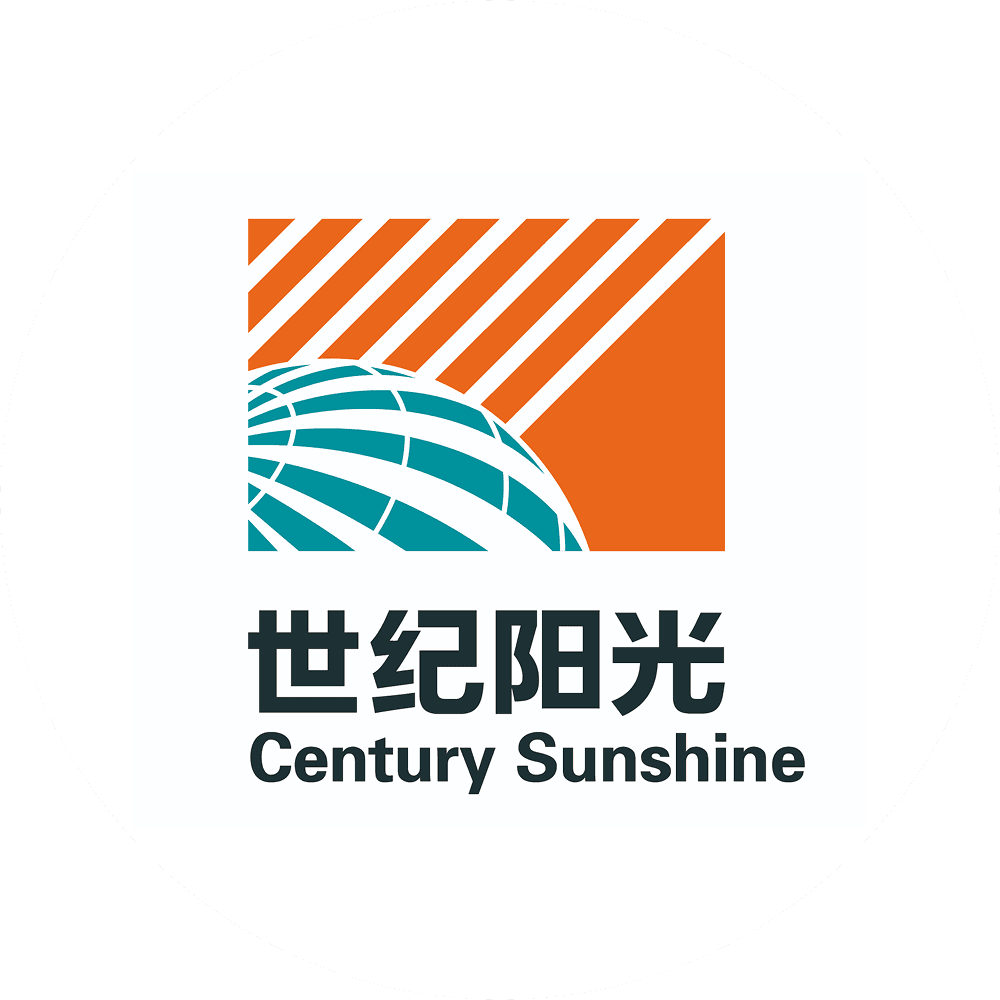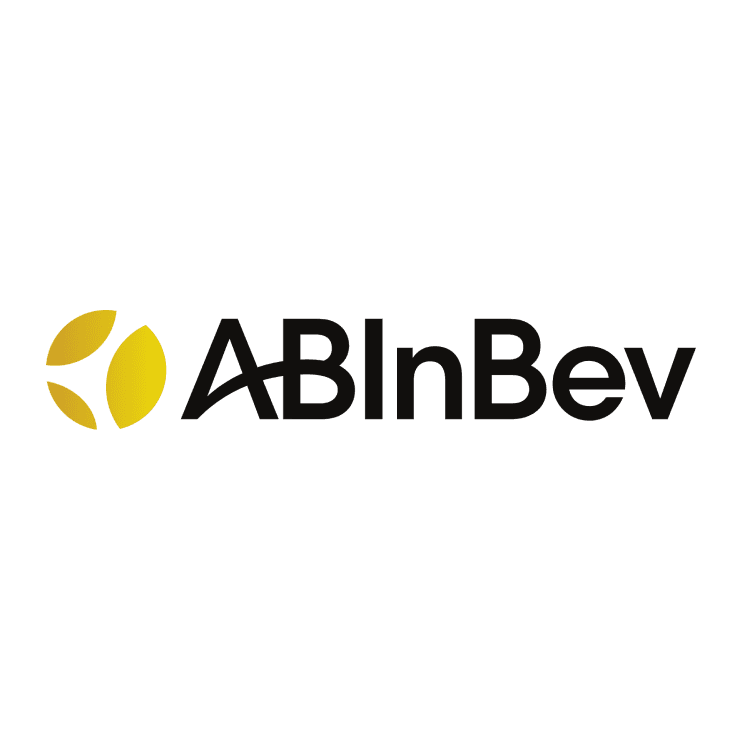Develop and Apply Carbon‑Neutral Packaging Outliner Paper
 Century Sunshine
Century Sunshine 
总结
Develop carbon-neutral packaging outliner paper through energy efficiency improvement, renewable electricity, biogas substitution, and lean production.
Context
This case study is part of decarbonization best practices shared with AB InBev Eclipse sustainability program’s community. Discover more about the Eclipse program here.
Founded by the end of 2000 and listed in Hong Kong Stock Exchange Market in 2007, Century Sunshine is Top 15 papermakers in China and world Top 100 papermaker. Century Sunshine Paper currently has 5,000 employees, 20 more subsidiaries and total assets of RMB 11 billion and total paper capacity of 2.6million tons per year.
Traditional papermaking is energy-intensive and carbon-intensive. Century Sunshine sought to decarbonize its outliner paper products through renewable energy and efficiency upgrades.
Solution
Century Sunshine's approach to developing carbon neutral products consisted of the following aspects:
With the help of consultants, Century Sunshine adopted ISO‚14064/14067 standards, defined the product boundary from cradle to gate, determined the accounting unit and mapped major energy use and emission sources.
Magnetic levitation and turbine blowers replaced traditional water ring vacuum pumps, lowering vacuum system energy costs by about 30%. Direct drive motors replaced belt drive systems to improve electrical conversion efficiency.
A 23 MW distributed photovoltaic system was installed, which could generate 25 million kWh of green electricity per year, and complemented by the purchase of renewable electricity.
Century Sunshine built China's first biogas to natural gas project, which could process biogas to yield 18.5 million m3 of natural gas per year, replacing purchased natural gas and cuts around 37,000 tCO2e annually.
By cascade reuse of papermaking wastewater, Century Sunshine achieve a 70% water reuse rate.
Building on the group's lean manufacturing initiatives, more than 1,500 energy-saving modifications have been carried out throughout the company.
Impact
Sustainability impact
Climate
In 2024 Century Sunshine shipped ~50,000 t 200gsm outline paper products to Budweiser, reducing emissions by roughly 60,000 tCO₂e. Century Sunshine expect to ship ~65,000 t 200gsm outline paper products to Budweiser which will reduce about 76,000 tCO₂e carbon emissions.
Nature
As a waste‑paper‑based papermaker, Century Sunshine’s carbon‑neutral products directly lower emissions and support ecological sustainability. The company uses low‑carbon production technologies and wheat‑straw bio-pulping process, which reduces logging. Biogas utilization in wastewater treatment also decreases fossil‑fuel consumption.
Social
Carbon‑neutral packaging outliner paper represents a universal decarbonization solution in the packaging industry. It sets a sustainable development benchmark, helps curb GHG emissions and mitigates climate change. The emergence and popularization of carbon‑neutral products could also encourage consumers to adopt greener consumption habits.
Business impact
Benefits
Secured long-term contracts with Budweiser APAC and enhanced positioning as a supplier of certified carbon-neutral products.
Costs
Developing carbon-neutral products did require a certain degree of upfront investment in renewable electricity, equipment upgrades, etc. But Century Sunshine believes that sustainable development is the future trend, and carbon-neutral products should also bring additional business value throughout the entire value chain.
Impact beyond sustainability and business
Co-benefits
The use of carbon‑neutral packaging outliner paper is a successful example of Budweiser’s sustainability-driven supply chain initiative. Century Sunshine extends carbon‑neutral practices from the papermaking plant to the broader packaging industry, creating a step‑by‑step results system from product to factory to supply chain. In 2024, with guidance from relevant departments at Budweiser APAC, we jointly built a carbon‑neutral packaging plant at the Liaoning Tianze factory. In January 2025, the factory received SGS carbon‑neutral certification, providing a replicable carbon‑neutral model for the FMCG packaging supply chain.
Potential side-effects
No negative effects have been identified so far, although it does require a certain level of upfront investment.
Implementation
Typical business profile
Best suited for large paper and packaging manufacturers with access to renewable energy and customer demand for carbon-neutral products.
Approach
Century Sunshine followed a project‑management approach:
Collect customer requirements.
Sales staff gathered needs from customers such as Budweiser and created a development team.
Analyze feasibility.
The team then assessed customer requirements against Century Sunshine’s current product line and problem-solving capability, and then determined whether the technical development was needed and feasible.
Plan and assign responsibilities.
Once the project was set, an implementation plan and road map were developed, responsibilities were assigned and progress was reported regularly, with deviations corrected promptly.
Follow‑up and summary.
After completion of project, the team kept tracking results and summarized lessons learned.
Strategic integration.
The carbon‑neutral product project informed Century Sunshine’s sustainable‑development plan also and has been elevated to the company’s strategic level.
Next Steps
Century Sunshine has already drawn up a clear sustainable‑development roadmap:
Phase 1 (2025‑2030): Build a model “paper‑replacing‑plastic” smart factory in Rizhao City; achieve full digital traceability of carbon footprints across all products; continue rolling out lean‑production management; and enable the group to peak carbon emissions.
Phase 2 (2030‑2035): Building biomass‑power projects; actively expand photovoltaic power at the Rizhao plant; and increase the share of renewable energy to over 40 % at group level. By then, carbon emissions per unit of product will have fallen 50 % from 2022 levels.
Phase 3 (2035‑2040): Continue implementing the sustainable development strategy and cumulatively drive the supply chain to reduce carbon emissions by 10 million tCO2e per year.
Stakeholders involved
Internal Stakeholders involved
The project was a test of internal project management and lean manufacturing. The production system had to absorb the cost increases resulting from investments, but it also generated new management ideas and measures for cost reduction and revenue enhancement.
External Stakeholders involved
Customers directly benefit from carbon emission reductions and receive extra value‑added services.
Key parameters to consider
Key parameters include local and company‑specific energy structures, evaluation of the costs of adopting new technologies and the determination to pursue continuous sustainable development.
Implementation and operations tips
It is essential to obtain carbon‑footprint certification, identify key emission processes and energy sources, and commit to concrete improvement plans. Investing in upgrades should be targeted, and a sustained drive for improvement and determination to provide value‑added services to customers is crucial.
